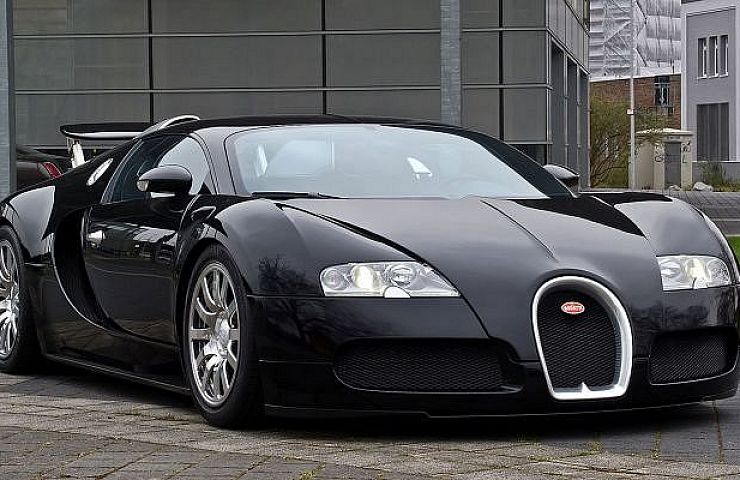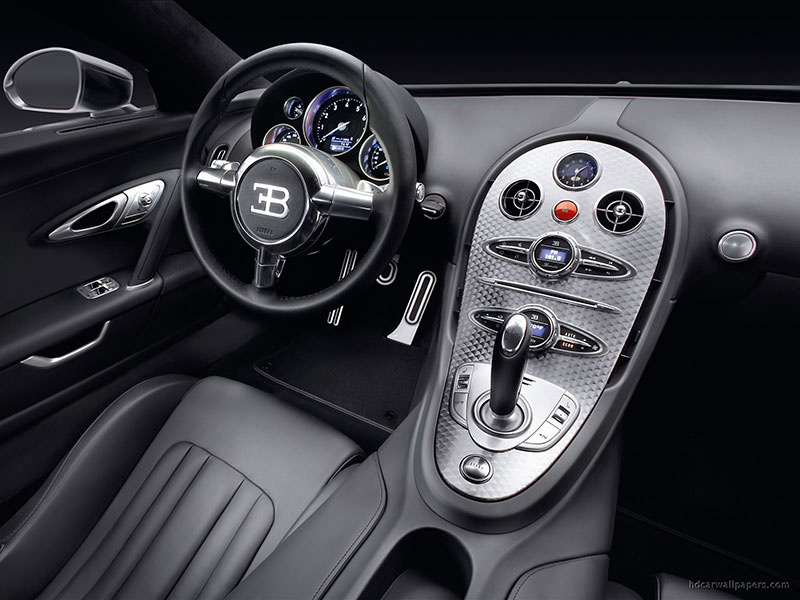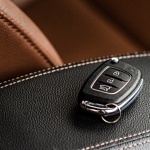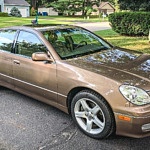When the Veyron hit the streets a decade ago, it was a clear signal that Bugatti—owned by Volkswagen Group since 1998—wanted to set the performance standard for the world. The engineering behind the Veyron was nothing short of staggering. But since that time, it was arguably surpassed by competing supercars, such as the Porsche 918 Spyder and McLaren P1.
Bugatti will make a bid to reclaim the supercar throne when it unveils Veyron’s successor, the Chiron, at the Geneva Motor Show in March 2016. The Veyron’s W16 is expected to receive a host of upgrades for use in the new car, including direct injection and electrically-powered turbochargers, and its reported output should jump to a mind-boggling 1,500 horsepower and 1,100 pound-feet of torque.
Outdoing the Veyron
The legacy Veyron (shown above) was powered by an 8.0-liter, 16-cylinder motor in a W configuration, supplemented by no fewer than four turbochargers that made more than 1,000 horsepower and packed 922 pound-feet of torque. The oomph was delivered via a seven-speed dual-clutch transmission made by Richardo Engineering—capable of shifts in less than 150 milliseconds. With 10 radiators in total to keep temperatures in check, the original Veyron could get from 0-60 mph in less than three seconds, on its way to a top speed just under 254 miles per hour.
Today, the Super Sport version of the Veyron, which piles on an additional 200 horsepower, is recognized by Guinness World Records as the fastest street-legal production car in the world, topping out at a mind boggling 267.7 miles per hour. But beyond its sheer performance, the Veyron’s incredible attention to detail and design, inside and out, made the car less of a consumer product and more of a proof-of-concept of modern manufacturing and engineering at its absolute pinnacle.
But the automotive landscape has changed in the last 10 years. Now we have cars that’ll accelerate as fast as the original Veyron, and that can be had for less than $100,000. The Veyron commands more than ten times that figure, and cars like the Porsche 918 Spyder and McLaren P1 will run circles around the Bugatti on a road course. This new set of hypercars has taken to the forefront of the performance world while the Veyron, as fantastic a machine as it is, has grown a bit long in the tooth.
Enter the Chiron
According to Automobile, while the Chiron will be built from existing architecture, 92 percent of the parts will be either new or extensively re-engineered in pursuit of enhanced structural rigidity and weight reduction. What about its performance specs? How does this suit you: 0-60 in two seconds flat and a top speed of 288 miles per hour?
The Chiron won’t come cheap though. Estimates put the price tag for the new Bugatti at about $2.5 million, more than double that of the Veyron. But rumor has it that at the new car was shown behind closed doors at the recent Pebble Beach Concours d’Elegance in Monterey, Calif. to handful of mega-rich potential buyers, so our hunch is that the price hike will be of minor consequence to Bugatti’s core demographic.






